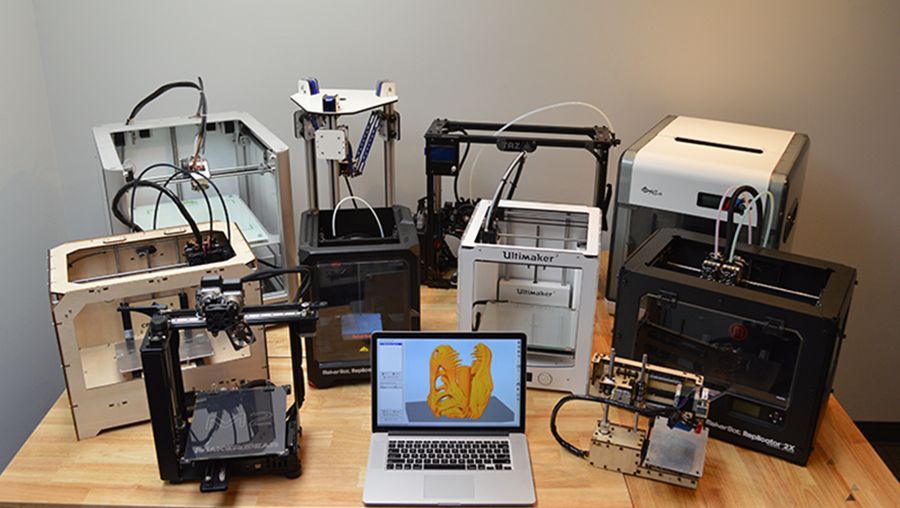Third-party 3D print slicer Simplify3D released a new version, 2.2, with some terrific added features.
If you haven’t tried it already, you definitely should: Simplify3D replaces the slicing software that came with your 3D printer with a comprehensive 3D printer slicing tool that’s no doubt faster and more flexible. Our favorite feature of Simplify3D is its speed; slicing is almost instant, even for the most complex and large 3D models. But there’s a lot more than just speed.
The new version includes these added features:
Thin Wall Intelligent Fill: Finally! A slicer that overcomes the annoying problem when a feature is small enough that the exterior surfaces don’t properly join together. The new Simplify3D detects these scenarios and intelligently fills in the gaps.
Strong Thick Infill: Thicker hidden infill structures enable a stronger part with out sacrificing print time. The interior infill features can be made much thicker than the standard “one extrusion” that’s often seen elsewhere.
Variable Support Density: The density of support structures can be varied by layer. This means you can add strength where it’s required in the print and reduce use of support material, too.
There’s quite a few more minor improvements, particularly in the area of print statistics. Check out their detailed post below for more info.
Perhaps the most important update in this release is the addition of printing capability for several new 3D printer models that had not previously been supported by Simplify3D. The new printers include:
- Airwolf HD2x
- Felix 3.0 Dual
- FlashForge Dreamer
- IonCore Zinter Pro
- LeapFrog Creatr HS
- LulzBot Taz-4
- MakerBot 5th Gen Replicator
- MakerBot Mini
- MakerBot Z18
- MakerGear M2
- PowerSpec 3D X/Pro
- Printrbot Simple Maker Edition
- Printrbot Simple Metal
- re:3D Gigabot
- Robo3D R1(with auto-leveler)
- Velleman K8200
- XYZprinting Da Vinci 1.0
- XYZprinting Da Vinci 2.0
These additions show us that Simplify3D means business when they say they want to provide slicing services for ALL 3D printers.
We’re particularly interested in the addition of MakerBot’s latest machines, which otherwise are serviced by MakerBot’s own “Desktop” application. MakerBot Desktop has strong integration with their content ecosystem; if a majority of MakerBot owners switch to Simplify3D, then this could cause a bit of dent in MakerBot’s ecosystem plans.
One caution: while Simplify3D software may be bundled with some 3D printers, it isn’t for others. You’ll have to purchase the software for USD$140, which for many people will be a bargain for the functionality received.
Via Simplify3D



